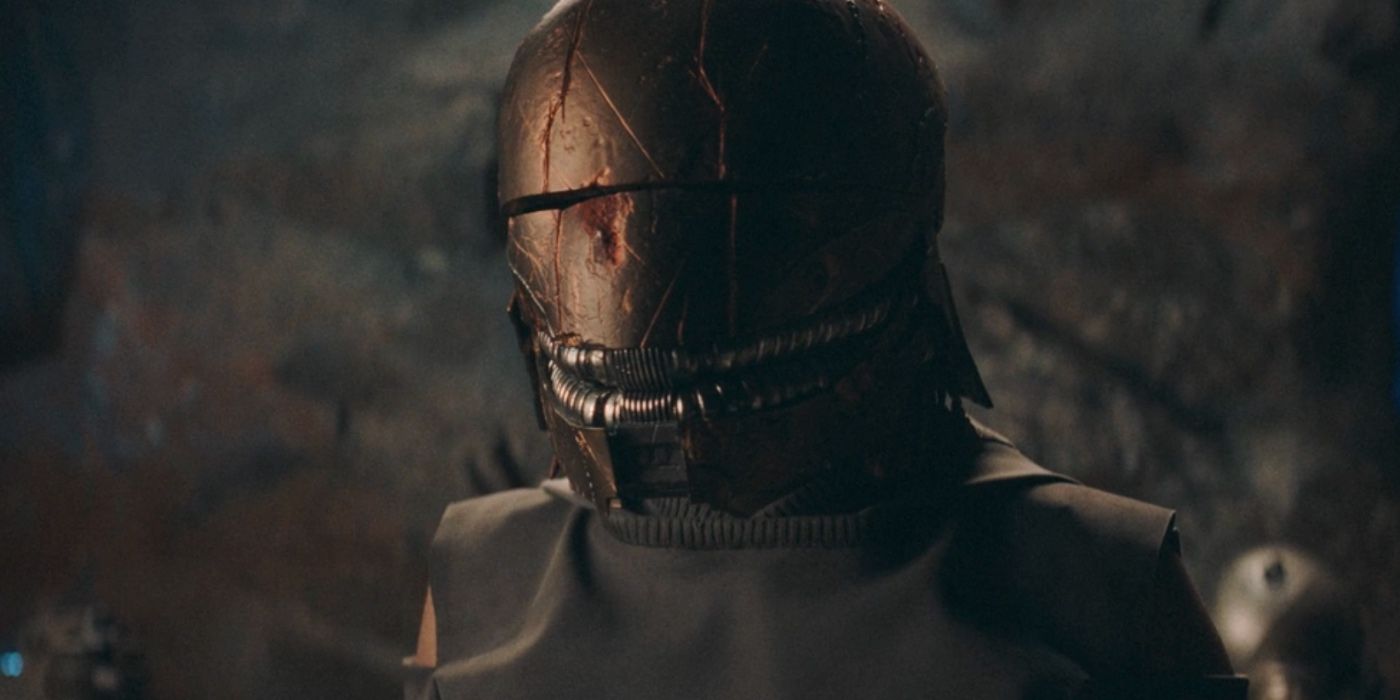
However, it’s never quite been clear how Palpatine pulled this off. While it seemed probable the Force was somehow related, this was an immense power on Palpatine’s part, given his proximity to some of Star Wars’ most powerful Jedi. Now, The Acolyte might have an answer not for how Palpatine pulled this off but for how he could have done it in a much more exciting way.
Palpatine Hid In Plain Sight… But We’re Still Not Sure How










Although it’s easy to point fingers at the Jedi for not recognizing sooner that Palpatine was evil, it’s clear that he somehow managed to conceal himself in the Force. In Star Wars: Episode II – Attack of the Clones, Master Yoda’s power was immense enough that he was able to sense Anakin Skywalker’s distress on Tatooine during the Tusken Raiders incident all the way from Coruscant. Given that, it’s next to impossible that Yoda wouldn’t have sensed Palpatine’s dark presence in the Force.
Presumably, Palpatine used one of the Force powers in Star Wars , likely Force concealment.
Presumably, Palpatine used one of the Force powers in Star Wars, likely Force concealment. As the name suggests, this power gives one the ability to hide themselves in Force, creating a type of void. This would certainly explain why the Jedi never detected Palpatine as a Sith Lord, despite them working together so regularly. However, even for a great Sith Lord like Palpatine, this would be quite a feat, and Star Wars has yet to confirm this is precisely the strategy he used. Thus far, though, this seems to be the most likely theory.
The Stranger Revealed Cortosis Can Be Used To Hide In The Force










Despite Star Wars not yet confirming how Palpatine pulled this off, The Acolyte made it quite clear how the franchise’s newest Sith, Qimir/the Stranger, managed to go undetected. Specifically, Qimir used cortosis, a metal from Legends that had the ability to short out lightsabers and, evidently, hide one’s self in the Force. In The Acolyte’s finale, the latter power was particularly on display, as it was only once Qimir’s former Jedi master, Vernestra Rwoh, arrived on Brendok that he quickly pulled his helmet on, concealing himself once again.
However, it’s likely that the power of Qimir’s helmet extended far beyond what was directly seen in the show. After all, although Vernestra sensed Qimir on Brendok when she arrived and his helmet was off, clearly, until Jedi were being killed, no one sensed the growing darkness coming from Qimir (or, notably, Darth Plagueis) in the Force. Presumably, Qimir had been using this helmet for quite some time, managing to go undetected by the Jedi even as he grew his strength in the dark side of the Force.
This would also explain why the Jedi believed that the Sith were extinct even as they were clearly in the shadows.
This would also explain why the Jedi believed that the Sith were extinct even as they were clearly in the shadows. This was a major area of tension around the show, as many believed it to be a retcon. In Star Wars: Episode I – The Phantom Menace, Ki-Adi-Mundi had stated that the Sith had been extinct for a millennium, suggesting that the Jedi had no awareness of the growing threat whatsoever. With Qimir’s arrival on the scene, many viewers were up in arms, arguing that it was a retcon.
Cortosis may very well explain this, though. In fact, the Unknown Planet, which remained unnamed even in the show’s finale, was meant to contain cortosis, according to The Acolyte’s showrunner Leslye Headland. This suggests that, given the power of concealment via cortosis, this would be the perfect hiding place for the Sith.
Why Didn’t Palpatine Use Cortosis?
In light of the clear power of this metal and Palpatine’s need to hide in plain sight, it’s odd that he didn’t make use of cortosis. However, the answer may be in the intricacies of Palpatine’s plan itself. While cortosis can clearly conceal someone in the Force, Qimir’s rush to place the helmet back on his head when Vernestra arrives on Brendok suggests that the helmet must be worn in order for the concealment to work.
While such a helmet may have worked for Palpatine in some cases, the need to wear a helmet to hide himself in the Force would have undercut his larger plan. Palpatine didn’t want to take over with brute strength. Rather, he concocted a very specific plan wherein he would infiltrate the Senate and the Jedi Order by seeming like an earnest politician trying to help the galaxy during wartime. In truth, this plan was absolutely genius and reveals how much foresight Palpatine really had.
This work would have been undone had Palpatine needed to wear a helmet.
However, this work would have been undone had Palpatine needed to wear a helmet. In truth, with a helmet like Qimir’s, Palpatine simply would not have been able to be a senator at all. His bids for his various roles in the Republic Senate were earned in part because he did have a charm that made his plot more successful. In fact, Palpatine was completely unrecognizable in The Phantom Menace following his visage in the original trilogy.
In The Phantom Menace, it was easy to see why Palpatine was so liked and trusted. He seemed genuine and even kind in that movie, pretending to assist Queen Amidala. Clearly, with a mask, particularly an intimidating one, he would not have had the same effect nor have been perceived in nearly the same way. Moreover, such a mask would have much more immediately been of concern to the Jedi, who may even have been aware of such an object. Given Palpatine’s interest in being close to the Jedi, this would have prevented his plan from unfolding.
Arguably, Palpatine’s mask could have looked quite different from Qimir’s, and perhaps he could have made that work. However, no matter how he crafted his mask, his plans hinged on his ability to hide in plain sight, show his face, and seem like someone worthy of trust and power. In the end, it makes sense that Palpatine elected not to use a cortosis mask such as the one in The Acolyte, although it would have been a very cool turn for his Star Wars story all the same.





